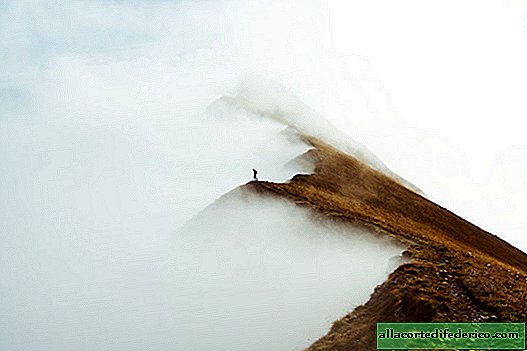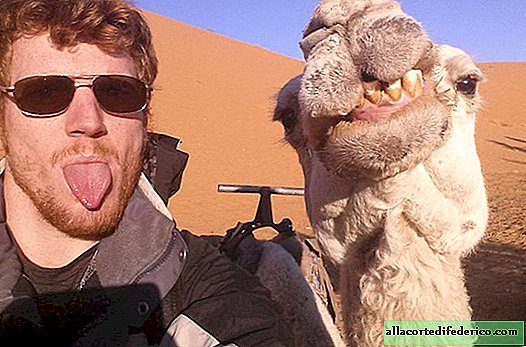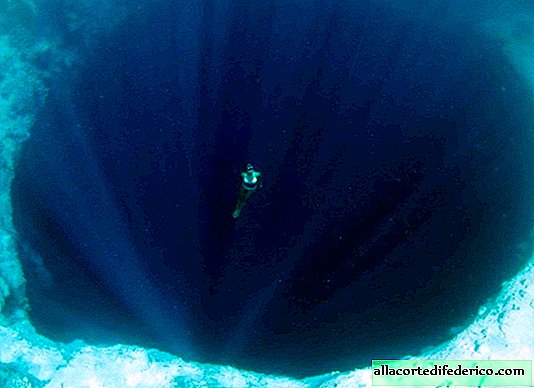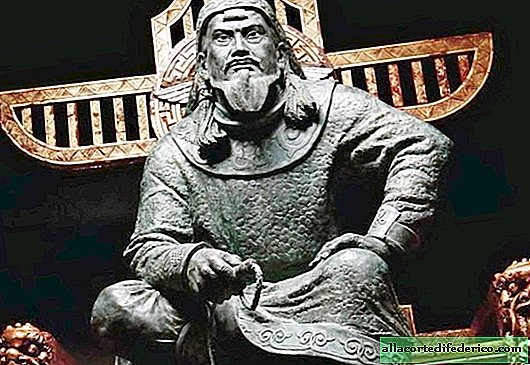Man or climate: who is responsible for the last global extinction of megafauna
Scientists still cannot come to a consensus about what caused the large-scale extinction of large mammals, which began about 130 thousand years ago. Mammoths, woolly rhinos, saber-toothed tigers and many other animals are forever in the past. A number of researchers believe that the reason for the widespread decline in animal species was sharp climate changes, while others blame the person for everything, indicating that our ancestors hunted large mammals successfully and significantly influenced their numbers.
The last mass extinction of representatives of the animal world on our planet occurred during the Cenozoic, in its Quaternary. Scientists note that extinction is more affected large animals, whose weight exceeded 40-45 kilograms. Supporters of the anthropogenic factor, relying on paleontological data, indicate that the extinction of large species accelerated after the settlement of primitive people. Initially, animals from different weight categories disappeared evenly, but with the advent of hunters, large representatives of the fauna began to die out faster, and it should be noted that this process continues to this day.

Large animal populations at all times have been more vulnerable than small breeds. They need more food resources, and they are more vulnerable to predators, in connection with which they have a different breeding mechanism. Large animals bring small offspring, usually 1-2 cubs, which can be guaranteed to feed and who are more likely to survive to adulthood. For this reason, in the case of a reduction in population, the population will take a long time to recover.
But large animals in the past geological epochs died out more actively in comparison with smaller species. Proponents of the climatic cause of the extinction of megafauna during the Quaternary period point to this fact as an argument. For example, dinosaurs, being huge reptiles, also gave way to their more modest-sized relatives.

Recently, more and more data have appeared that indicate that the decisive factor in the extinction of animals was the resettlement of people. During the late Pleistocene (125-70 thousand years ago), when Neanderthals were widespread in Europe, it was precisely large animals that began to prevail among extinct species of fauna. According to paleontologists, the megafauna of the Americas and Australia suffered the most. In the Quaternary, 70-80% of all animal species disappeared here, whose weight exceeded the weight of 1000 kilograms. While in Europe and Asia, about 50-60% of the species died out, and Africa, the least affected, lost only 16%. Researchers attribute this to the fact that the animals of Africa were well acquainted with the ancestors of humans, were wary of them and perceived as predators. At the same time, the species of the American continent and Australia, which were inhabited by people about 70-20 thousand years ago, were not ready to meet with the skilled hunters of the Pleistocene.
Most likely, both climate change and anthropogenic impact have equally affected the extinction of the Pleistocene megafauna. These negative processes took place simultaneously and caused the giant mammals to disappear from the face of the Earth forever.

The material is copyrighted, when copying a link to an article or travelask.ru site is required

















